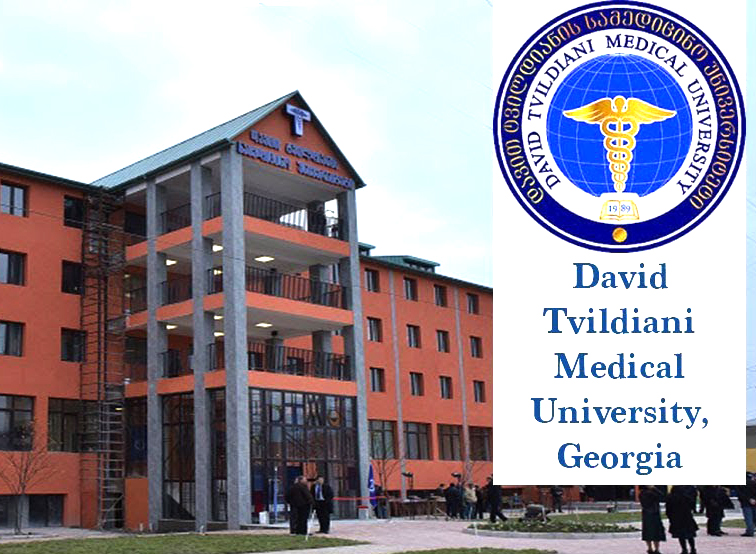Amoebiasis, or Amebiasis, refers to infection caused by the amoeba Entamoeba histolytica. eople at any age can be infected with this disease, although it may be more common in young adults and middle-aged individuals. People who have this condition may or may not suffer from noticeable symptoms. Those who experience symptoms may be carrying one of two kinds of this disease: intestinal amoebiasis and extraintestinal amoebiasis. Those with intestinal amoebiasis may likely develop a condition known as invasive amoebiasis. This condition can lead to several discomforts and symptoms that affect the intestines such as diarrhea and amoebic dysentery. Extraintestinal amoebiasis, on the other hand, may affect other parts of the body other than the intestines. It can affect the liver, lungs, skin, spleen, and even the brain. Asymptomatic amoebiasis or amoebiasis that does not show any symptom may not make a person ill. However, it may still be passed from one person to another and may cause illness in another.
Cause and Pathogenesis
It is caused by a protozoa, Entamoeba Histolytica. It is commonly spread by water contaminated by faeces or from food served by contaminated hands. Even vegetables grown in soil contaminated by faeces can transmit the disease. When the cyst of Entamoeba Histolytica enters the small intestine, active amoebic parasites (trophozoites) are released, which can invade the epithelial cells of the large intestines, causing flask-shaped ulcers. It can also spread to other organs like the liver, lungs, and brain by invading the venous system of the intestines. If it invades the liver, it causes formation of the typical anchovy paste like pus. Asymptomatic carriers pass cysts in the faeces.
Symptoms and Signs
It can either occur as intestinal or extra-intestinal amoebiasis.
Intestinal amoebiasis
The most common type of amoebic infection is asymptomatic cyst passage. Symptomatic patients initially have lower abdominal pain and diarrhoea and later develop dysentery (with blood and mucus in stool). Fulminant infection with high grade fever, severe abdominal pain and profuse diarrhoea occurs in children and in patients receiving steroids. Severe gastric distention of the bowel can occur. Amoebomas (inflammatory mass lesion developing in chronic amoebiasis) can present like a malignancy.
Extra-intestinal amoebiasis
Patients show symptoms of fever and right upper abdominal pain. Jaundice is rare. Amoebic liver abscesses can also present as pyrexia of unknown origin. The abscess can sometimes rupture into the pleural, peritoneal or pericardial cavities.
Treatment and Prognosis
Asymptomatic patients can be treated with luminal agents like Liodoquinol or Diloxanide Furoate. Patients with acute colitis require supportive therapy (rehydration) and Metronidazole, followed by luminal agents. Metronidazole is also the drug of choice for amoebic liver abscess. Second line agents like Chloroquine and Emetine are no longer used. Prognosis is generally good with treatment unless complications of abscess rupture occurs when surgical intervention may be required.
Prevention
Treatment of asymptomatic cyst carriers and good sanitation and water facilities are fundamental in the prevention of amoebiasis. Vaccines are not available.






